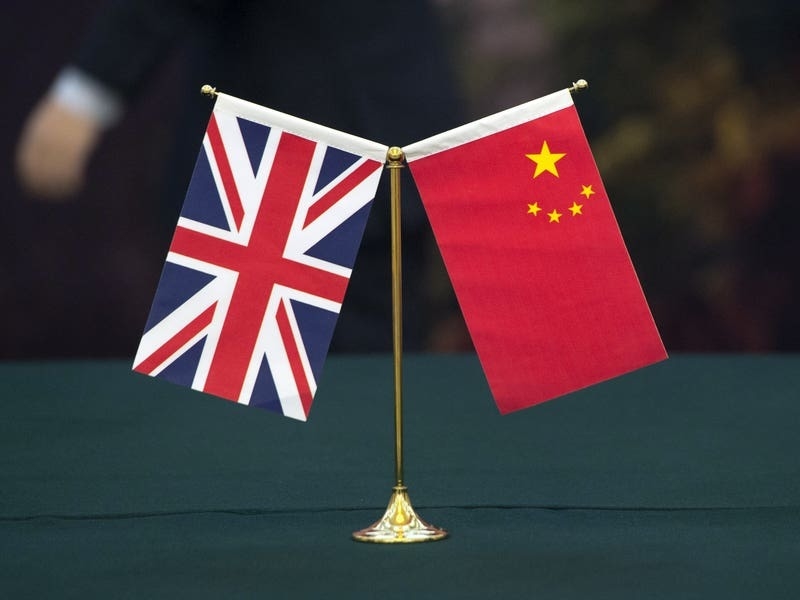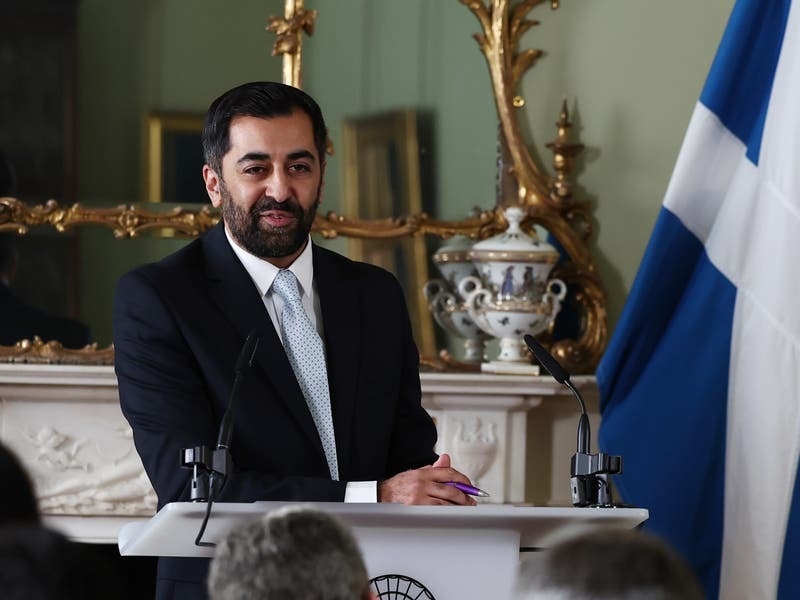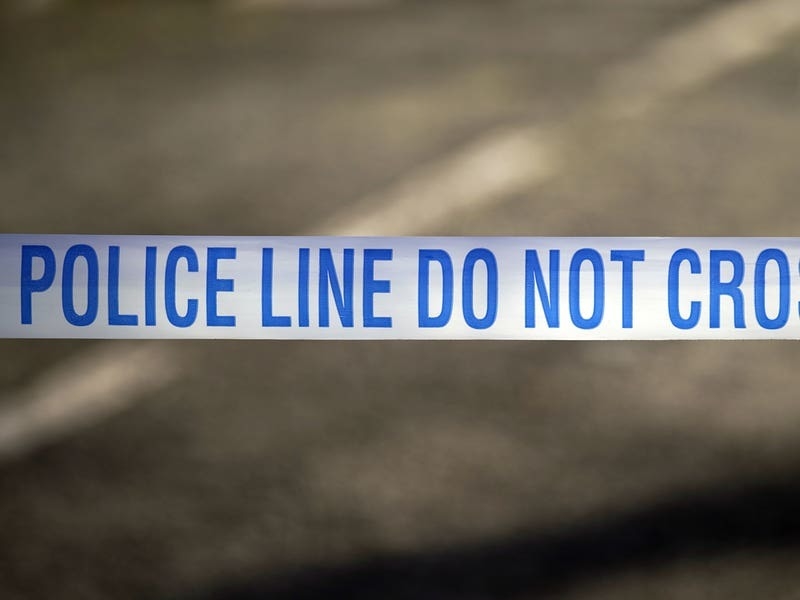But in our working lives, things are often a little more regimented. Annual targets and routines are very much present, and there comes a time each year when we have to hunker down and just get on with them. In my office, this task is the annual report.
Published today, our annual report is not just something that we are required by law to produce but it is also an opportunity for us to step out of ‘production mode’ for a minute and take stock of how the previous year measured up against our best-laid plans.
Of course, by any normal reckoning, 2020 was the textbook annus horribilis. It was the year that everything got turned upside down. It was maybe even the year that we’ll all point back to in decades to come as the ‘turning point’, for all manner of things, both good and bad.
But on a purely micro level, when viewed through the lens of the work programme that we as an office had set ourselves, and the priorities that I, as Jersey’s children’s commissioner, had established, the 2020 annual report tells a really quite compelling story.
Perhaps the main thing that came through when we began compiling the findings from the 2,000-plus survey responses that we had during lockdown, or the many socially distanced interactions and conversations we had with children and young people, was the sheer scale of anxiety and disruption in their lives. The report is peppered with quotes from children of all ages that reveal just how much shock and a worry the pandemic caused.
And that’s no surprise, really, when you consider the logic of relative timescales. For a middle-aged adult, for example, a year represents just 1% of their lifetime but, for a five-year-old, it’s 20%. Even for a teenager, it’s still a big old chunk. And so it’s little wonder that there was a pervading sense in so many of the comments that we received of there being no end in sight.
What struck me, too, when I looked at our report’s ‘Covid Timeline’, was just how much lobbying we did last year in order to make sure that children’s rights did not get swept off the table in the rush to pass through emergency rules and regulations.
The timeline in question is a four-page plot of how the pandemic unfolded, beginning with Jersey’s first reported case and running all the way to Christmas. On this chart, we have plotted all kinds of waypoints in our own work – not least, the dozens of pieces of formal advice and submissions that we made to government.
These ranged from concerns over the impacts of school closures through to the details of how child rights could be affected by court proceedings being conducted online. It was a frenetic time, which involved some serious team spirit on our part, and industrial amounts of coffee…
But it was also a time of major resilience, with schools going above and beyond to make sure that children stayed as safe as possible, and that the Rights Respecting Schools programme – which 34 of our Island’s schools are now signed up to – was not forgotten.
These are just some of the things that cropped up during our annual reporting exercise – and you’ll be able to find plenty more in the colourful, child-friendly document we’ve produced, if you’re interested. But the main point that I wanted to get across now – with an eye on the future, rather than the past – is that while Covid, in its rawest, most life-threatening form, may have been subdued, its effects are far from over.
What we saw when looking back on 2020 was a unique view of how something as powerful and all-pervading as a global pandemic can reveal the strengths, but also the cracks and gaps, in the systems that our society relies on. In terms of our children’s lives, specifically, we saw some very real issues being exposed, to which we have yet to find any satisfactory solutions.
I am thinking of things like poverty and the education attainment gap, and of mental-health challenges – things, in other words, that we already knew about, but had perhaps not seen the true scale of before.
And I am also thinking of the many children and young people who told us that they were worried about the future, about what comes after Covid, and how it will affect their prospects and limit their choices.
This is why I am calling for a co-ordinated and achievable action plan for children and families who are continuing to struggle with the after-effects of last year’s upheaval. It would be a mistake to allow Covid to become yet another of those things that gets filed under the ‘out of sight, out of mind’ heading. Because its effects are sure to be long-lasting and ultimately harmful if not dealt with properly and with appropriate levels
of support.






